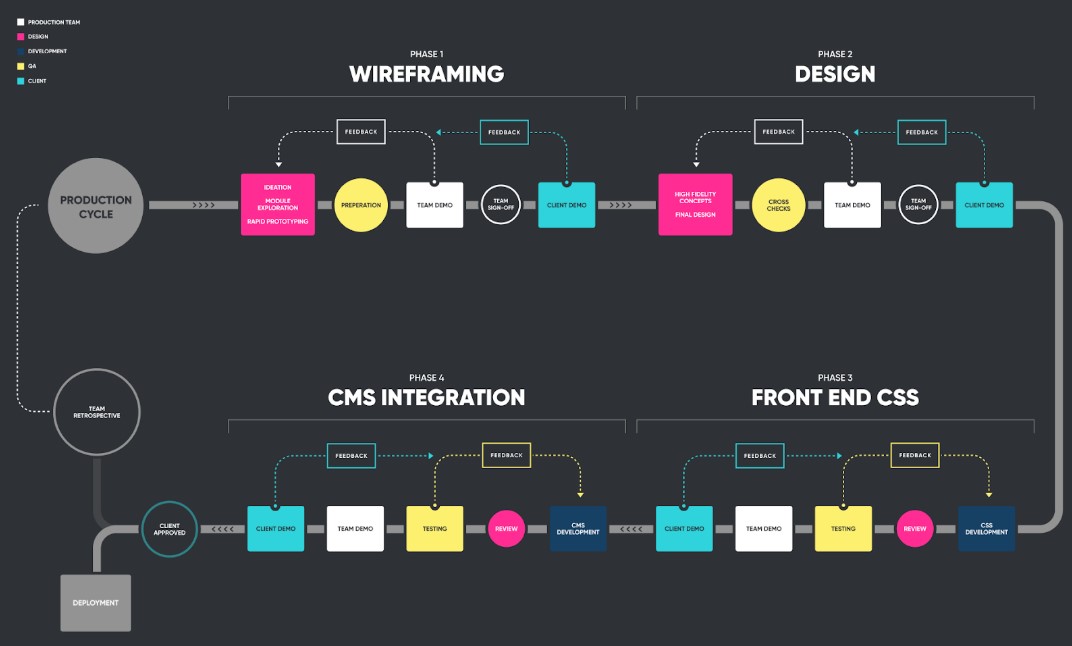Cogworks QA Testers, Kasia and Marcin, share why they think manual QA testing is sure to be sticking around for years to come.
Innerworks is coming soon...
This blog was originally published on our previous Cogworks blog page. The Cogworks Blog is in the process of evolving into Innerworks, our new community-driven tech blog. With Innerworks, we aim to provide a space for collaboration, knowledge-sharing, and connection within the wider tech community. Watch this space for Innerworks updates, but don't worry - you'll still be able to access content from the original Cogworks Blog if you want.
Cogworks QA testers, Kasia and Marcin, chat about the realm of manual testing and share why they think it’s likely to be sticking around for years to come. They explore how human interaction, along with a good set of tools, can provide real value to a wide range of projects.
Kasia: Head of QA team, mother of two girls and urban gardening lover.
Marcin: Cogworks QA Tester and Office Manager, (a big fan efficient work optimisation).
1. Humans are curious beings.
Kasia: Automated testing can’t detect errors it is never meant to find. Curiosity is the driving force behind every tester's work. Testing is the desire to find something new and to understand the principles behind it. With experience and curiosity, we “unearth” bugs we didn’t expect to discover.
2. Manual testing compliments an agile environment.
Marcin: We take part in almost all of the phases shown in our Agile project cycle below. Sometimes it is a long process, but it guarantees that the project is of high quality.
Kasia: In agile, there are often a lot of changes to front-end and back-end features which mean we need to be open to new requirements. In an environment like this, it is easy to be reactive and efficient without the need to rewrite test scripts as you might in automated testing.

Pictured: Cogworks Agile project cycle
3. Tools complement strategy.
Marcin: Pairing intuitive tools can help to create a strategy that produces the best final product. Manual QA testing allows you to define our own tools that complement the project workflow. For front-end testing, we’ve paired CrossBrowserTesting and ToyBox to work together to check the status of static websites and efficiently report any issues to the relevant project manager in line with our Agile project cycle.
We use collaborative design tools, like Figma to spot functional, visual, and usability bugs that cannot be detected with automated software and communicate with the design team in real-time.
4. Professional opinion comes from experience.
Marcin: Part of our work is to express our professional opinion if something doesn’t look as it should in the designed product. Our experience comes from acting like a user every day on a variety of projects on different levels of technical complexity which enables us to offer our opinion on present and future possibilities. This kind of exploratory testing allows us to verify complex user workflows.
5. Manual works in harmony with automation.
Manual and automation can go hand in hand. Our QA preparation phase is our time to understand the project and clarify parts of testing that should be performed manually or assisted with automation for better efficiency on either unique and repetitive tasks. Defining the strategy leaves us with an end product that benefits the end-user and of course, the development team.
6. Mobile testing needs to be done manually.
Marcin: An increasing portion of the UK internet traffic is mobile and so this is an essential part of the testing process that quite often has varied and complicated use cases. We replicate human interactions such as leaving and reentering wi-fi, simultaneously running other apps, device permissions, and receiving calls. This sort of testing simply cannot be covered with automated scenarios.
Final Thoughts?
Used together, automated and manual QA testing produces an overall project that benefits from the creativity and intuition of an experienced tester and a script to take care of repetition. The human interaction provided by QA professionals drives the delivery of refined user experiences which in an agile environment, can be the consistent cycle of UI feature creation, testing and analysis.
The results? Engaging customer experiences that always consider that “first impression”.
- manual
- automation
- automatic
- QA
- Quality assurance
- UI
- agile
